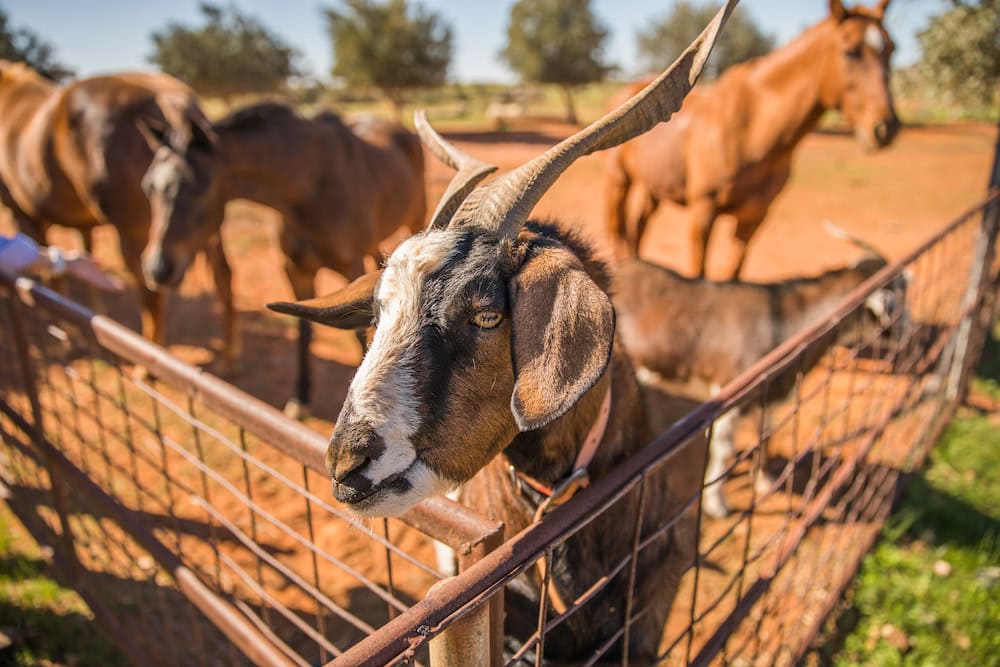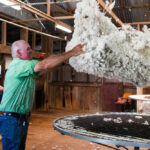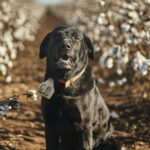According to Meat and Livestock Australia (MLA), Australian goatmeat exports are booming despite the industry…
Goats for hire to combat weeds

Michael and Billie bought Dry Creek Farm, 45 kilometres northeast of Mudgee, in 2013 even though it was covered in blackberries. Their solution: get a herd of goats to eat all the noxious weeds. They were so successful that they now hire their goats out to other properties as well as to the Central West Rural Fire Service for a very effective, non-chemical weed control and fire-prevention solution.
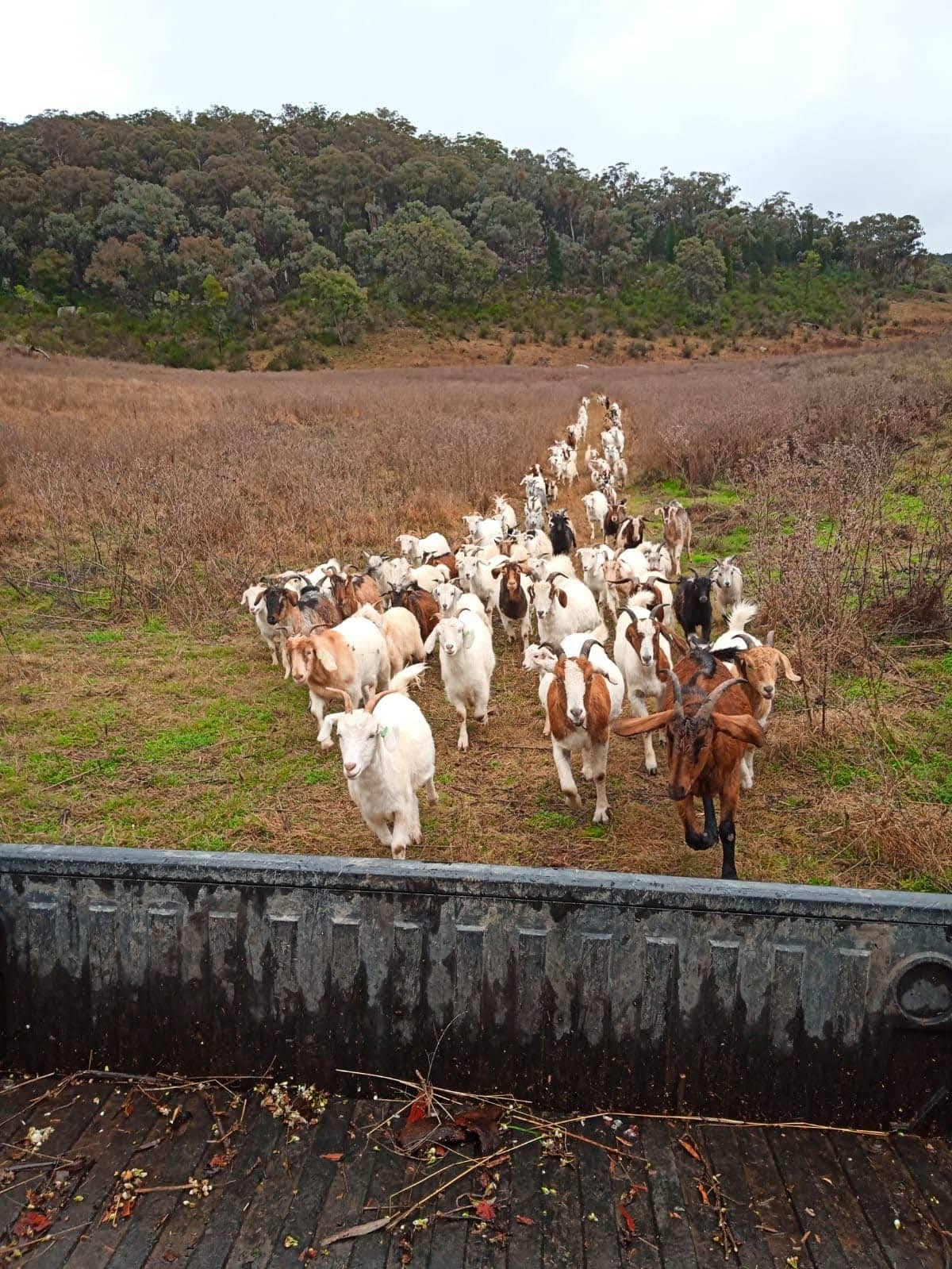
Michael and Billie wanted to move to the country to raise a family more than a decade ago, and started looking around for a place that was not too far from Sydney. They had no farming background but had completed a course in permaculture. Their price range put them in the Mudgee region and when they found a farm surrounded by stunning sandstone cliffs, they were sold.
�It was the last property at the end of the road, and we would own the whole valley,� says Michael. �It was so quiet and peaceful and surrounded by bush. With 105 hectares, we would have enough land to do something interesting. Sure, it had its issues � access was difficult with the last five kilometres on a 4WD track, and there were blackberries everywhere, but we shared every tree changer�s idealistic dreams and had grand plans for self-sufficiency.�
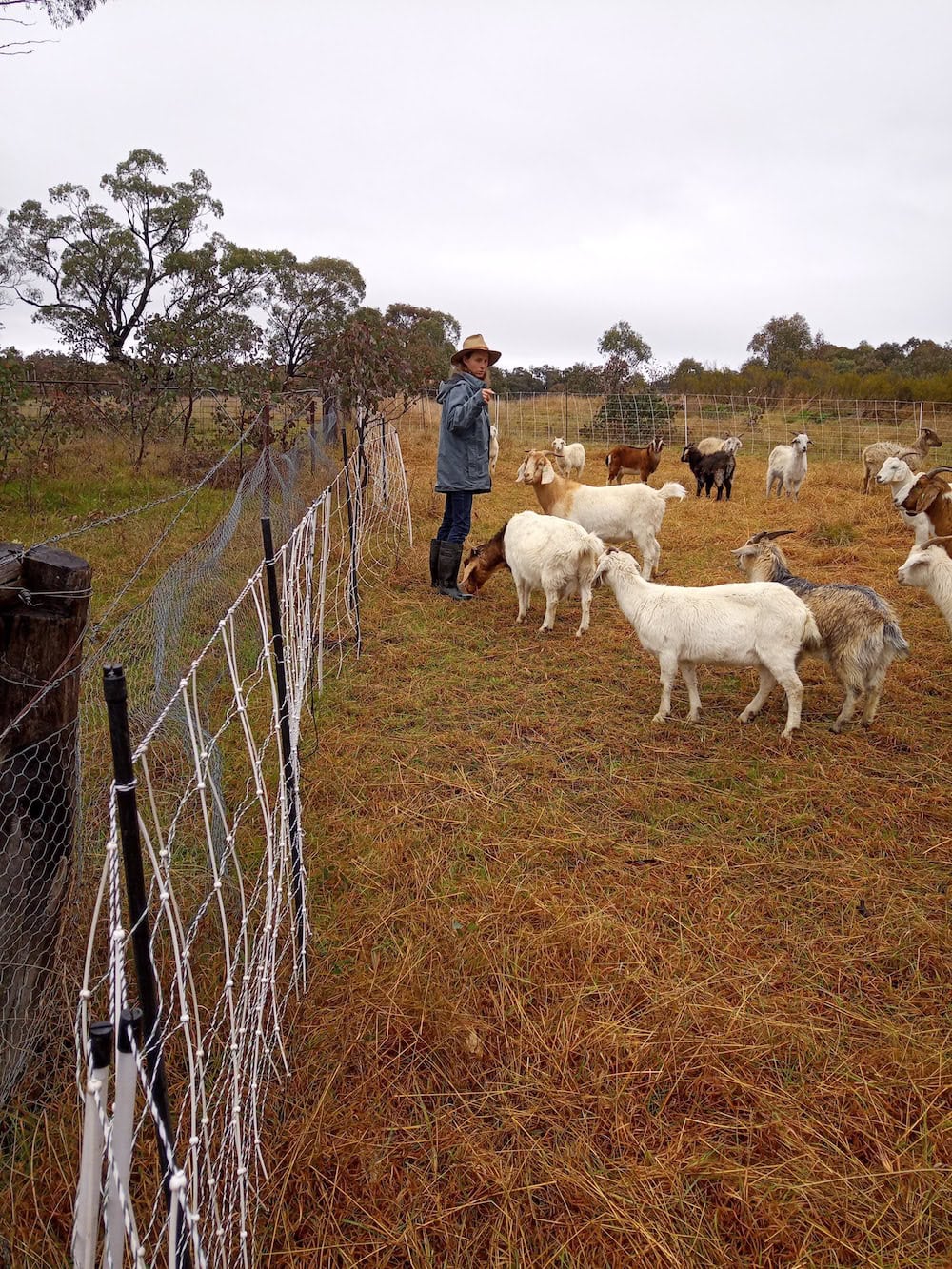
A rocky beginning
They bought the property at the end of 2013 and started planting trees and vegetables. However, 2014 was a very dry year and the farm was like a dust bowl. �There was no ground cover, the topsoil was gone and we killed everything we put in the ground,� says Michael.
But that wasn�t their only problem. After they bought the farm, the local council�s weed inspection team paid a visit and ordered them to remove all the blackberries growing along the creek line. Even after they cut out much of the blackberries, when the council re-inspected, they found enough of the noxious weed on the property to threaten to hire a contract spraying company which estimated it would take five ten-hour days � at $100 an hour plus the cost of chemicals � to solve the problem. Apart from the fact that they opposed a chemical solution, Michael and Billie simply did not have $5,000 to spare.
They had to find another way.
�One of the key ideas of permaculture is that the problem is the solution,� says Michael. �Our problem was not too many blackberries but not enough animals to eat them. We had too much of a resource and no way to use it and any resource in excess becomes waste.�
So, they decided to buy a small herd of 14 goats. �In the first 10 minutes, the goats broke out and got away. That�s what goats do,� he laughs. �We learned pretty quickly about moving the herd with feed and we started using three 50-metre electric net fences around the blackberries. We moved them around like this for 12 months and they ate all the blackberries at least once.
�We had this light bulb moment that since the goats were so successful for us, maybe it would be an interesting sideline business,� says Michael. �A few years later, it turns out that it�s our main business. It�s what we do.�
They set up a website in early 2018, as well as Facebook and Instagram accounts, to advertise their goat herds as an alternative to spraying.
It turns out that the Local Land Services (LLS) office will tell you to go and engage a sprayer or look up a list of local sprayers, but staff won�t give any information about a company that provides an alternative solution because they cannot promote an individual business.
�It seems more than valuable to consider alternatives, especially if they solve a noxious weed problem and offer a product at the end (goat meat) versus spending a lot of money and degrading the environment,� says Michael.
Michael and Billie�s typical clients are new to farming with hobby blocks in the Mudgee area or those with residential properties in the Blue Mountains where vegetation grows profusely.
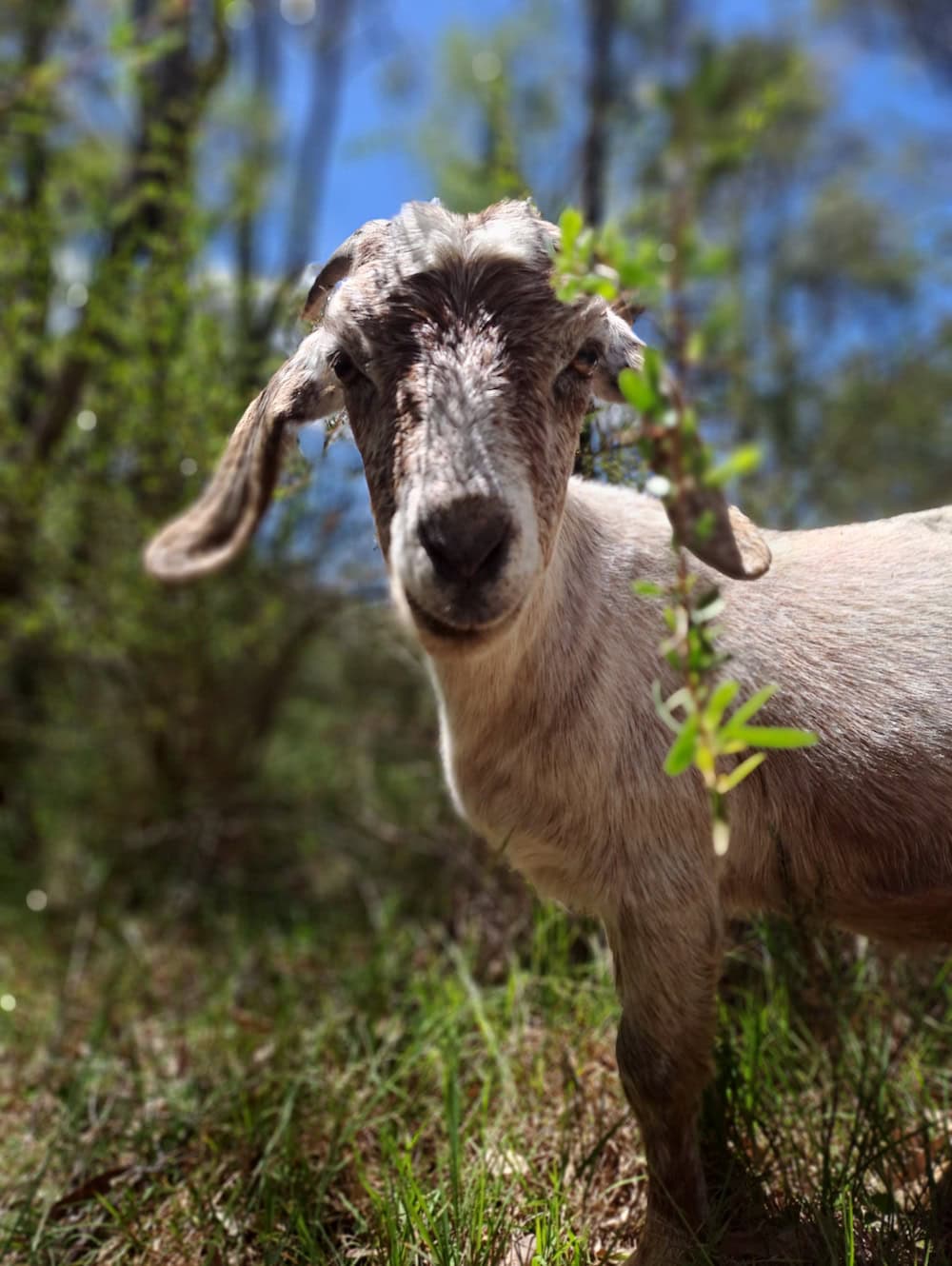
A novel solution to fire hazard reduction
Two years ago, their focus changed when they were approached by the Rural Fire Service (RFS) in the Cudgegong area to participate in Australia�s first trial using goats as an alternative hazard reduction tool. The trial came about because of the independent inquiry into the Black Summer bushfires which recommended expanding grazing as an additional fire mitigation strategy. The LLS in Mudgee was very helpful and worked closely with the RFS to facilitate the trial.
�We�ve had 80 goats moving along a corridor around Lue, between Mudgee and Rylstone, for about 18 months, and the RFS is collecting data on their efficacy,� says Michael.
Goats not only eat a wide variety of vegetation but they also eat into weedy, woody plants, which is useful in areas that have not been rotationally grazed regularly. It�s these woody environments that are particularly fire prone.
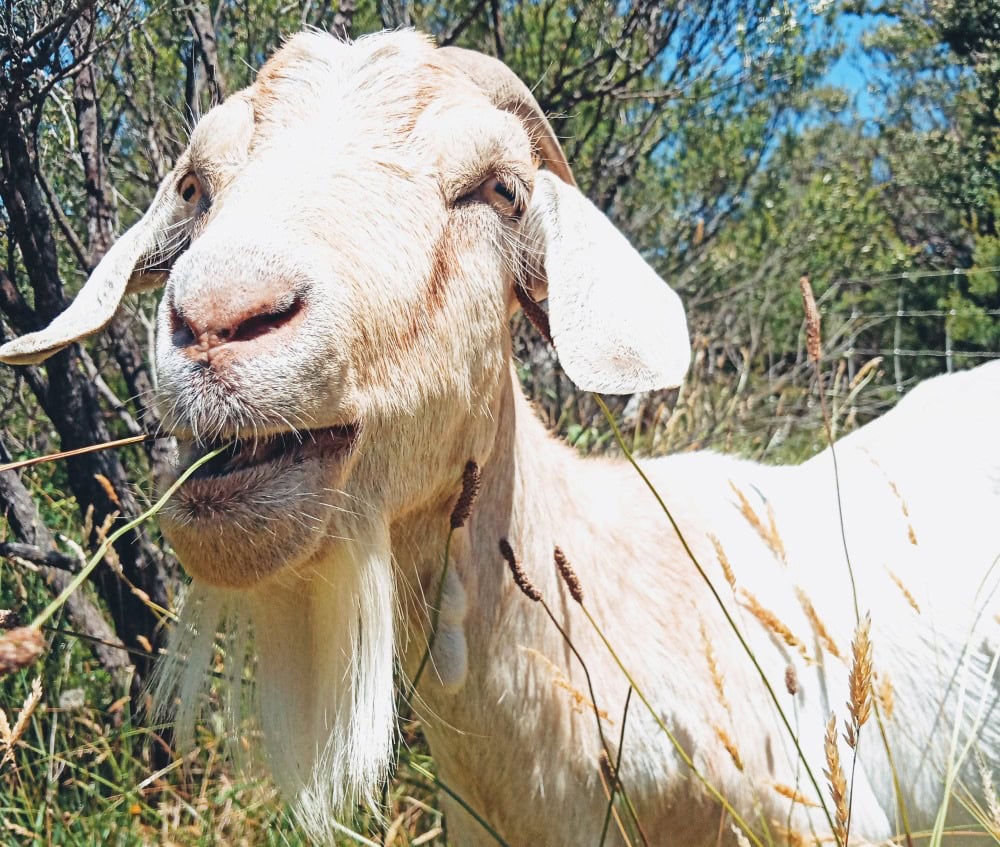
The RFS has complex regulations regarding burns. Meanwhile, goats can reduce a lot of woody growth to stop fire getting into shrubs and canopy. They turn the woody growth into manure which makes the soil more fertile and less susceptible to weeds. They also work well in difficult sites, such as along train lines cutting through gorges, on steep hills or where there is old refuse in areas near schools, hospitals, townships and along main roads where it is problematic to do burns. And they work year-round rain, hail or shine. As a result, they can completely change the fire hazard.
Michael and Billie have developed quite a reputation as early adopters of goat herding for weed control and fire hazard reduction in Australia. And they have consulted with the RFS as they expand the goat program to six more locations around NSW. It turns out that using goats for vegetation control is not a new thing. They�ve been employed for quite some time in the USA, Canada, Portugal and Spain. It�s commonplace, for instance, for Lee Hazeltine and Laura Gunderson of Integrazers � trailblazers in systems-managed grazing in California � to run herds of hundreds and thousands of goats and sheep to undertake vegetation control on a larger scale.
�It seems more than valuable to consider alternatives, especially if they solve a noxious weed problem and offer a product at the end (goat meat) versus spending a lot of money and degrading the environment.�
MICHAEL BLEWITT
Owner of Dry Creek Farm
Permaculture paradise
Today, Michael and Billie have 160 goats in total, with 80 working on the road and 80 at home rotating through paddocks to encourage grass regeneration. They keep most of the girls � who are generally better behaved � and eat any boys that are troublemakers.
Now, they also have a few beef cows as well as a dairy cow, and are on the way to developing a fully-functional permaculture farm with swales covering wood chips and hay bales to create an effective water harvesting system, a prolific multi-species orchard, nitrogen fixing plants supporting productive plants in raised wicking garden beds, and flowering shrubs attracting pollinators and birds.
�When you take the goats out for weed control you have conversations with new hobby farmers about what else they can do to improve their soil fertility and water harvesting capabilities and hence the productivity of their farm,� says Michael. �We�ve started sharing some of the lessons we�ve learned along the way and now offer permaculture design and implementation (including earthworks) as well as advice on regenerative agriculture as part of our business.�
They consider the overall farm plan working backwards from the house, so that native bush is furthest away, then establish the location of the animal systems (ideally with rotational grazing to manage weed growth and encourage soil health). Then it comes to what to do with fences and roads, where to put dams and how to set up watering points, where to build contour structures to passively harvest water, and then where to set up orchards, vegetable gardens and ornamental gardens that encourage pollinators around the house.
It�s been quite a journey but, as recent adopters of permaculture principles, Michael and Billie have certainly proven that the problem can also offer the solution. Since goats could be considered a key component of a natural ecosystem, they may just become the leaders in a goat-led approach not only for managing noxious weeds and regenerating the land, but also for reducing fire hazards on our increasingly hot and dry continent.
Want to read a yarn about Mohair? Click here.


